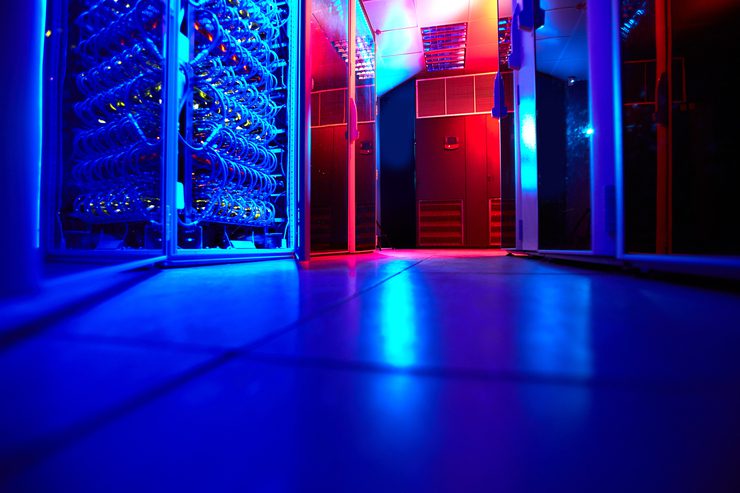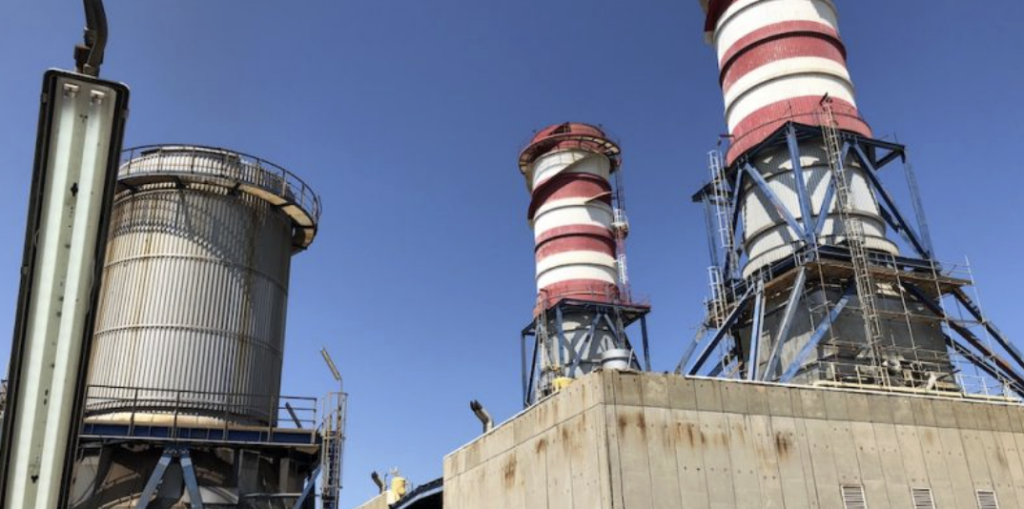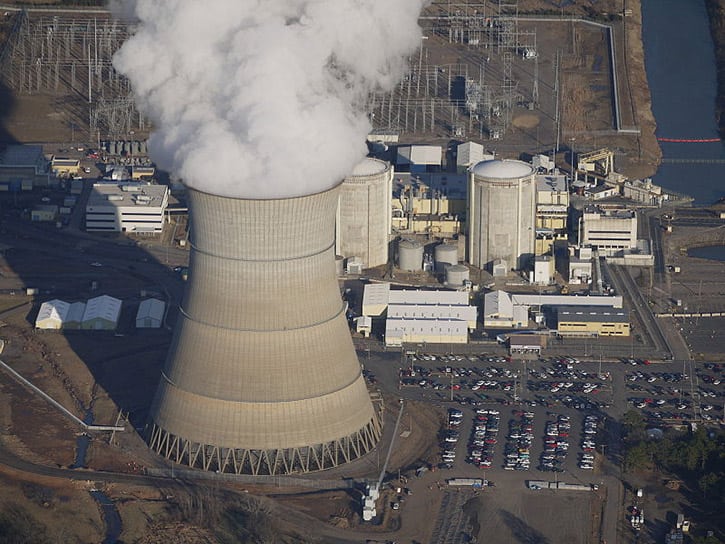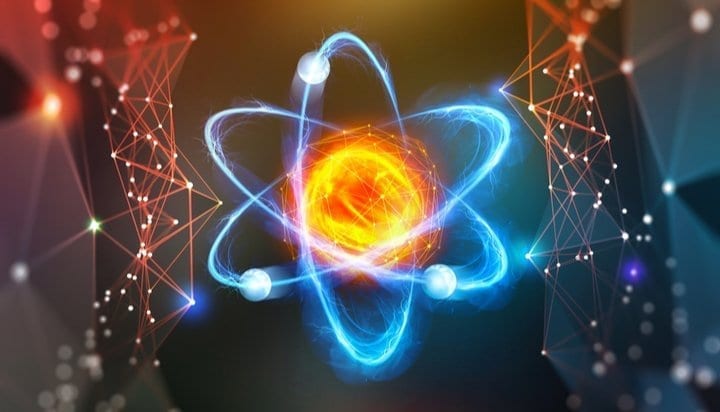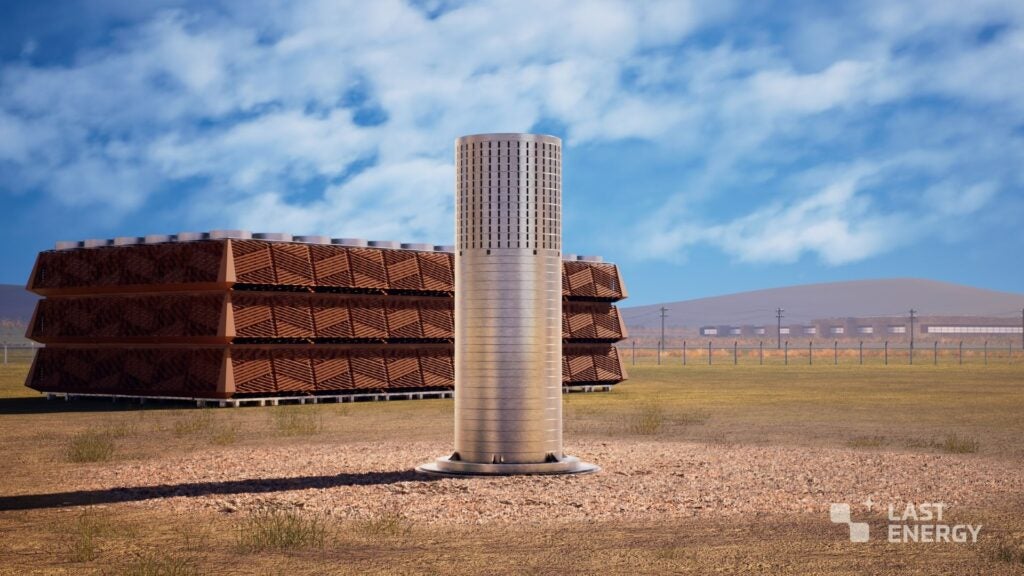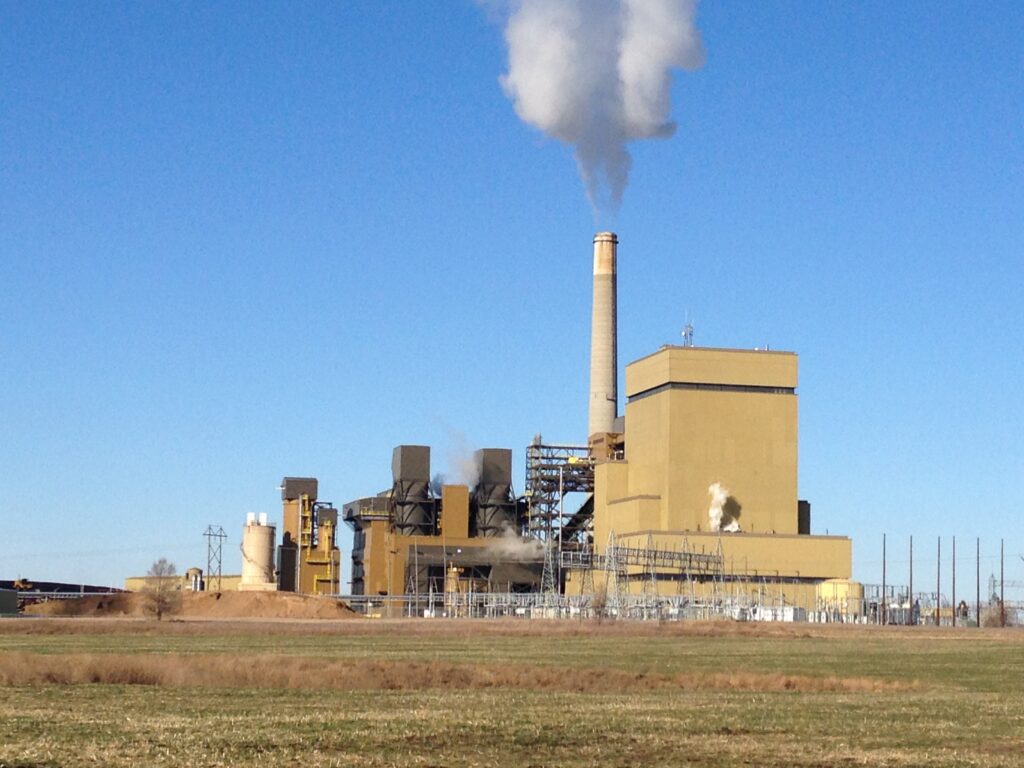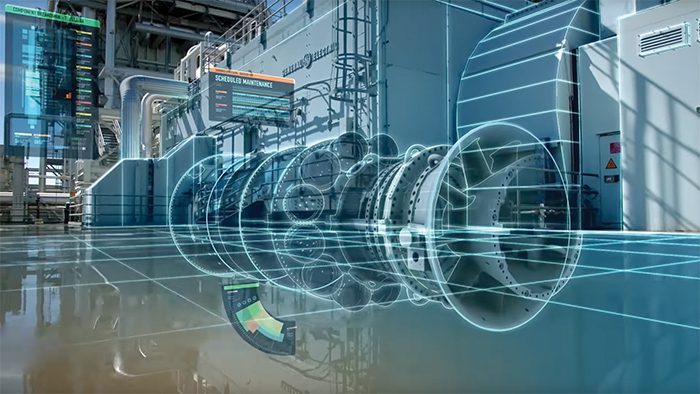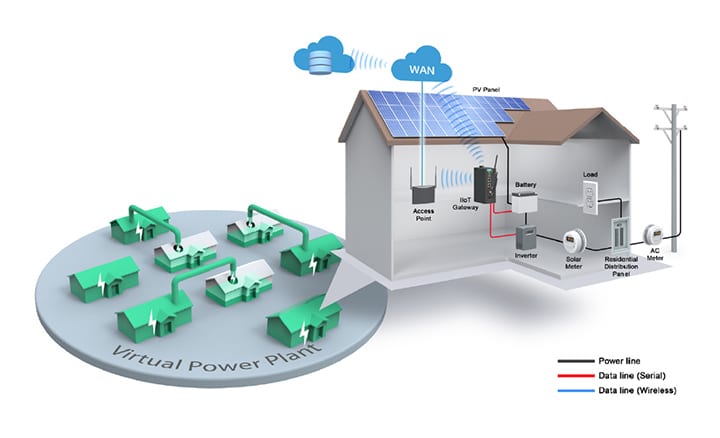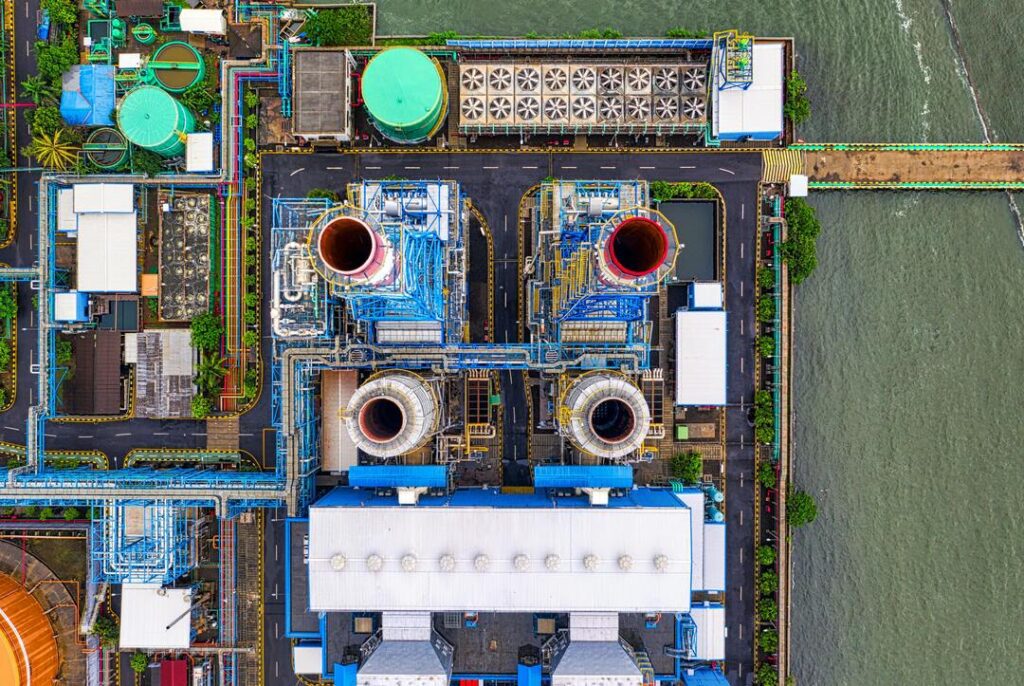The world is changing rapidly as technology advances at breakneck speed. From the fourth industrial revolution and virtual reality to 5G and artificial intelligence (AI), our society is on the brink of tremendous technological upheaval. Although many industries evolve alongside innovations, some, such as utilities, have not moved at the same pace. This is in large part due to a range of complex existing barriers that most regulated industries face, with changing regulatory regimes and lack of funding.
Despite challenges, the utilities industry is long overdue for modernization. Just the fact that, of the G20 countries, which account for 80% of the world’s emissions, only six have formally increased their emissions reduction targets tells us how little we have collectively accomplished. While, from a distance, it looks like the energy industry is dragging its feet, the question of transitioning to green power is much more complicated. In terms of grid reliability and resilience, success will depend on how distributed energy resources (DERs) are integrated, optimized, synchronized, and controlled.
There is no irony lost in the fact that by its very nature, green energy relies on conditions in the environment, which are unpredictable without the right tools. This is where AI becomes a real game-changer. Industries like retail, insurance, and manufacturing have long relied on AI to increase productivity, assess risk, and improve returns on investments. For utilities, which are regulated and have a low risk tolerance, AI and machine learning (ML) can help manage and control today’s dynamic, unpredictable electrical grids through a distributed AI framework applied to systems such as Energy Management Systems (EMS), Supervisory Control and Data Acquisition (SCADA) systems, Advanced Distribution Management Systems (ADMS), and Distributed Energy Resources Management Systems (DERMS). Here’s how: The AI engine collects information from an internal database(s) and external data sources such as sensors, with ML occurring both locally and at the device level. This approach is best suited for making autonomous decisions at the edge of the grid, where latency control for physical devices is critical. In an ecosystem of grid devices—inverters, capacitors, and batteries—each device can be controlled in milliseconds.
First, a digital twin model is created that mirrors the physical environment, including every asset and its location. (NASA uses digital twins to simulate and assess conditions on board a spacecraft. Digital twin models are also giving enterprises more insight into their factories and systems to increase safety and productivity, and reduce equipment downtime.) Once the data is added to the digital twin, the AI-powered digital twin will run simulations, study performance, and identify possible improvements to maximize the desired performance of the original physical asset. Different rules can be applied to meet strategic and compliance goals, and the insights gained can then be dynamically applied back to the original physical asset using AI-based asset controllers. As more assets are added, a virtual environment is created where multiple different simulations can be performed, issues can be studied, and feedback can be provided to the physical assets in real-time via control signals.
Through continuous learning, the AI models continue to refine the data in real time, while incorporating rules and focusing on asset owner goals to maximize long-term performance. This consistent flow of real-time data and information allows the models to get smarter over time and learn from previous decisions. A comprehensive AI approach can also actively synchronize and optimize in real-time traditional and new DERs—with each other and with the power grid—which enables machine-to-machine communication and decisioning at the edge of the grid. This active synchronization capability assures that all assets under AI-based control work together to meet individual and system-wide goals.
An investor-owned utility in the southeast, for instance, is leveraging AI to transform its solar power plant into a dispatchable grid resource capable of supporting operational expansion requirements. With its AI solution, it can accurately predict its solar energy output, control the temperature of its inverters, and smooth out the solar energy utilizing battery optimization. This is helping to reduce asset maintenance costs, streamline decarbonization, and overcome renewable energy intermittency challenges.
As the AI model collects data, it delivers continuous five-minute-ahead and day-ahead forecasting of solar power output, which allows the utility to confidently lower the spinning reserves that are required to cover gaps in solar energy output. Likewise, the AI engine increases the reliability of the solar plant station by using battery storage for solar smoothing—the seamless transition between solar power, the grid, and energy devices that gives the grid and devices time to respond to the fluctuations in solar generation.
Equally important to a price-regulated industry like utilities, AI can help operators successfully compete in the energy markets. The AI engine automatically optimizes dispatch decisions around dynamic energy pricing, so that energy can be bought when it is cheapest and supplied when it is most valuable.
This AI-driven approach can also resolve the intermittency issues of green energy. On a particularly sunny day, solar energy output will be extremely high. But, when it’s cloudy or at nighttime, output will drop to zero. Traditional equipment, such as inverters, cannot handle such choppy outputs often associated with green energy. They were built with steady streams of energy in mind—think coal plants. AI gives utilities insight into potential spikes to allow the power grid to make appropriate adjustments in ramping up production and preventing equipment burn-outs.
With real-time data modeling of weather and power supply/demand, as well as device control, the utility now has the capability to:
- Predict and optimize the conditions of their solar plant to meet future demands accurately and dynamically seconds, minutes, or days ahead, making the plant fully dispatchable.
- Assure safe and reliable operation of its DERs with the grid.
- Achieve performance metrics that meet local demand, help reduce operational costs, increase grid reliability and resiliency, satisfy environmental issues, and maximize infrastructure investments.
The U.S. has some serious challenges ahead. Currently, California faces a 3,500-MW energy shortfall. In 2020, the state suffered rolling blackouts for the first time in nearly 20 years. The threat reemerged last summer when the California Independent System Operator declared a series of flex alerts and a stage-two emergency to reduce electrical load.
In response to this ongoing crisis, Gov. Gavin Newsom ordered the construction of temporary power generation facilities to be activated during emergencies. These four new power plants cost the state’s emergency fund nearly $200 million. Despite efforts to increase supply, it won’t be enough, and it is too little, too late. California’s goal is to decarbonize energy by 2045, yet its natural gas plants are still needed to compensate for the inconsistent output of its solar and wind production.
On the other side of the country, the New England power grid is in an even more precarious situation. Officials from ISO-New England said that if generators fall short of fuel access this winter, rolling blackouts may be the only way to prevent a total grid crash. Clearly, the systems in place are insufficient, and building new power plants isn’t the answer.
With unpredictability and unreliability the Achilles Heel of renewable energy resources, it only makes sense to utilize AI. In the past five years alone, the advancements have been nothing short of remarkable. AI including ML capabilities have already brought tremendous value to communications networks, especially at the application layer where these technologies are enabling and enhancing augmented and virtual realities, connected vehicles, robotics, smart appliances, medical diagnostics, supply chain logistics, fraud detection, and the discovery of anomalies in behavior patterns. When utilities fully embrace AI, the green energy revolution will be more than a distant proposition. In fact, it has the potential to shift the relationship between consumer and supplier, where “prosumers” generate and sell their own power via peer-to-peer markets. That future may be closer than we think.
—Sean McEvoy is senior vice president of Veritone’s Energy division. He is a seasoned executive with more than 20 years of experience in the software industry. In his current role, he is responsible for business development for Veritone’s Artificial Intelligence platform.



